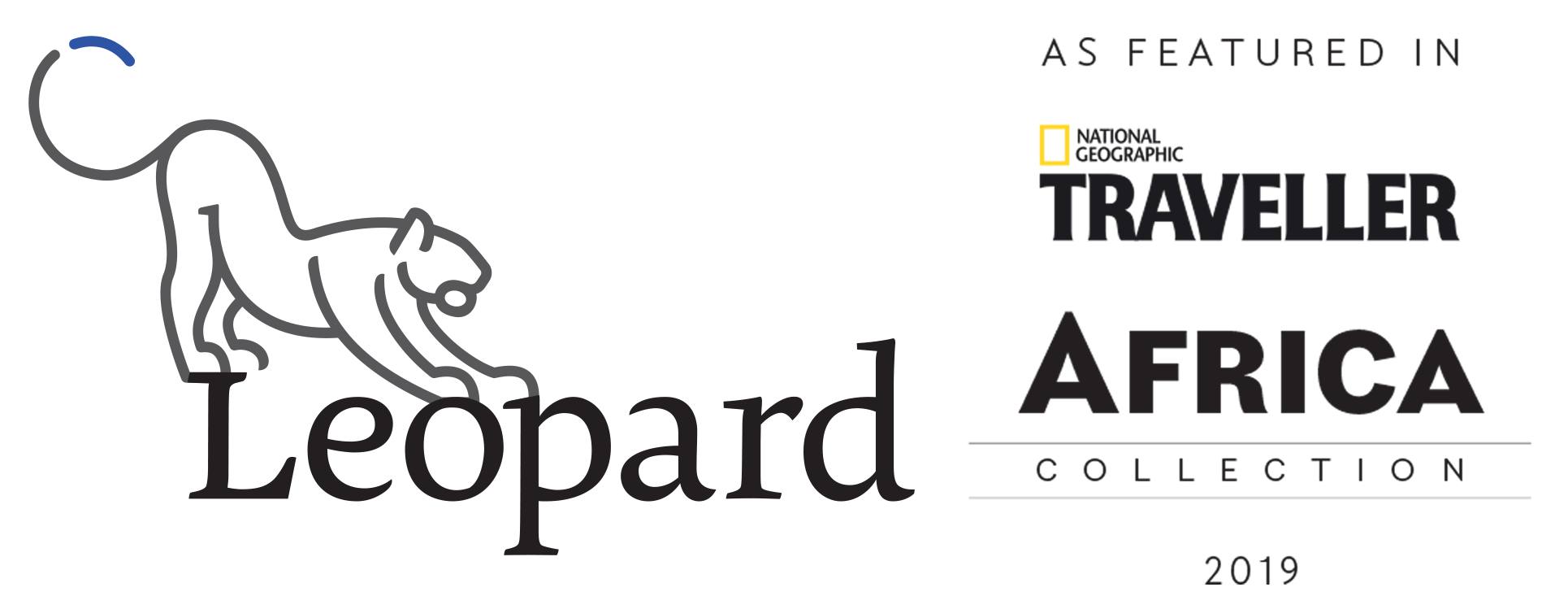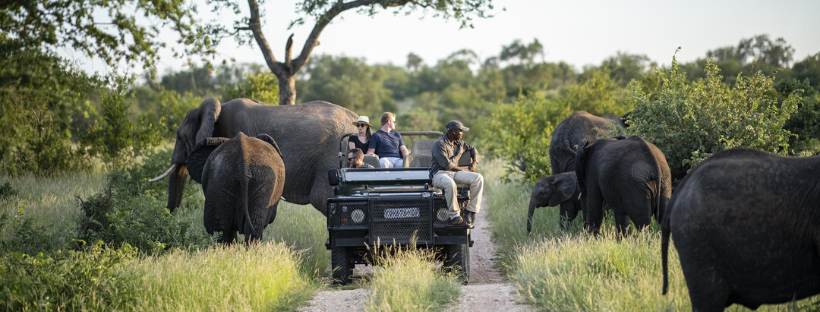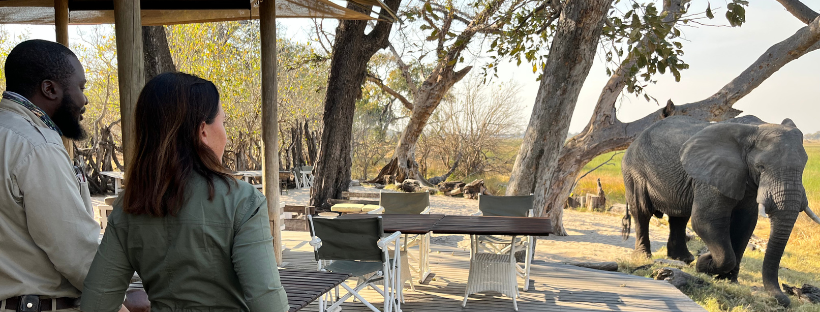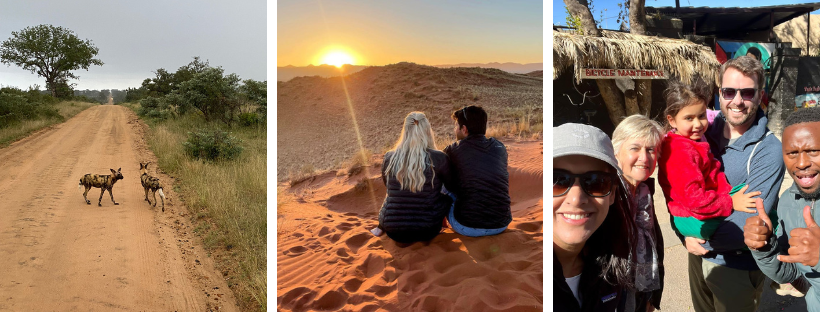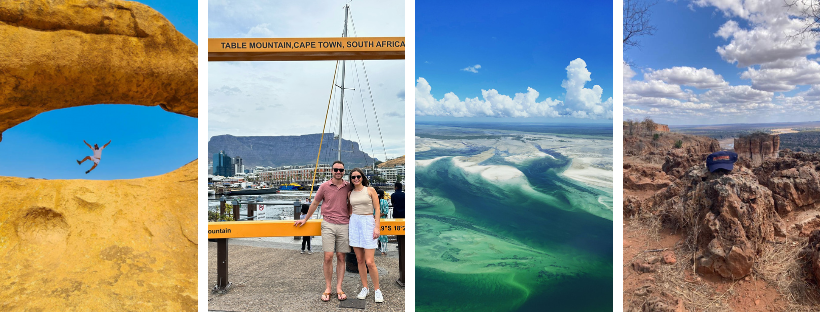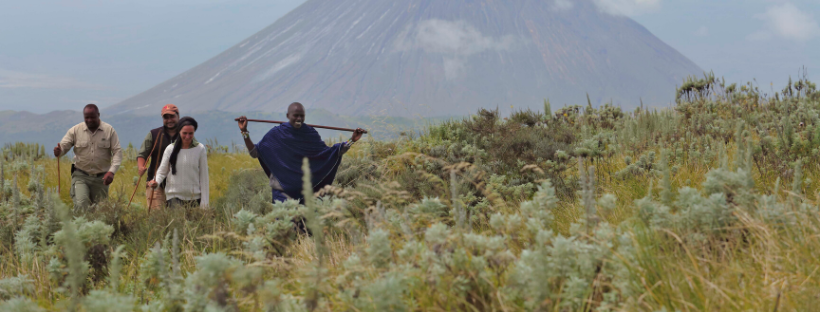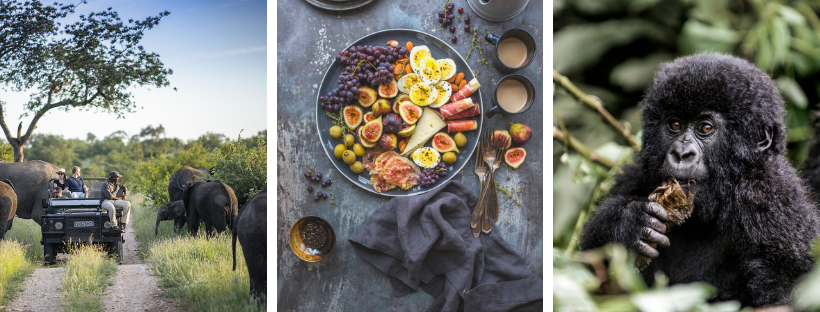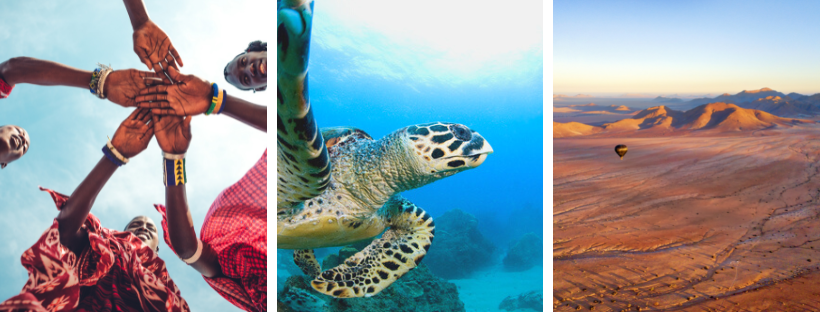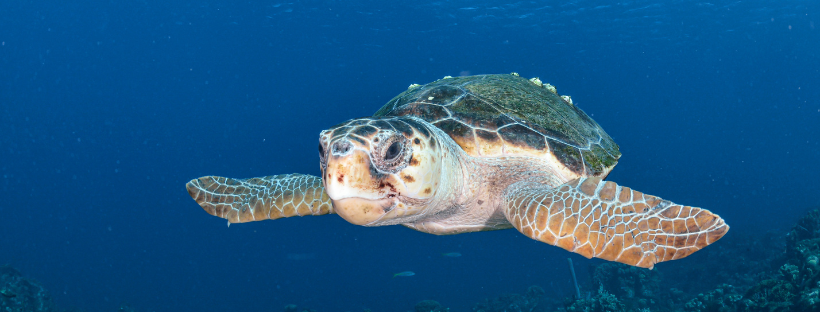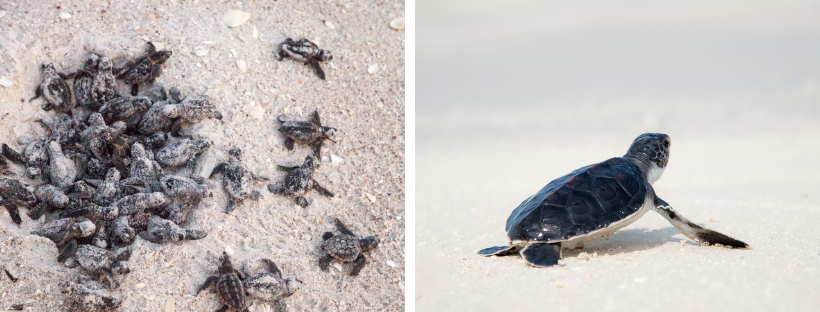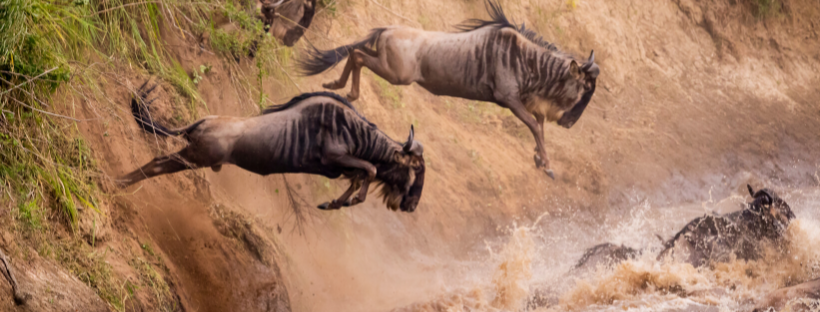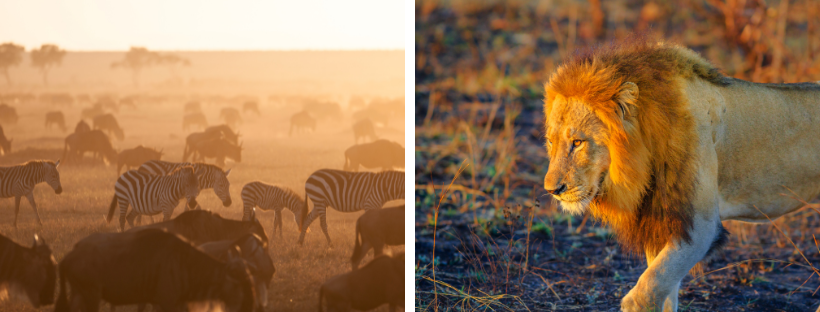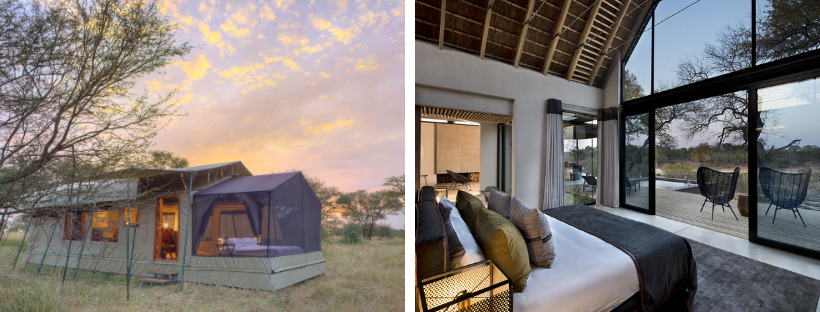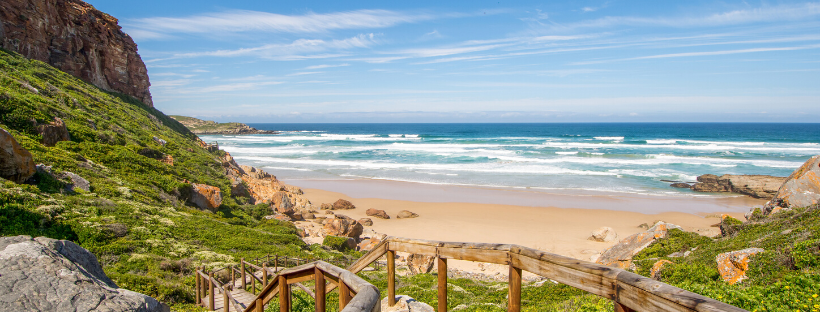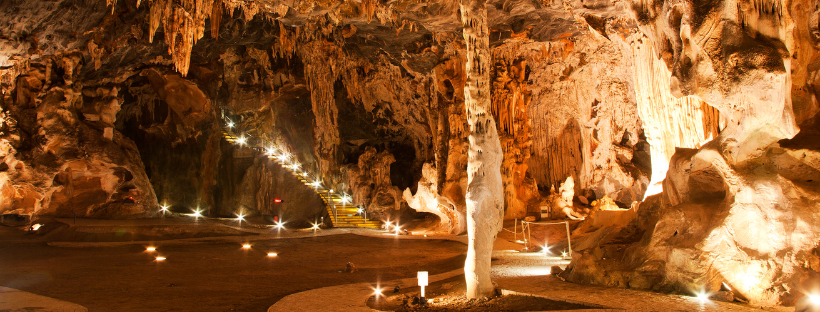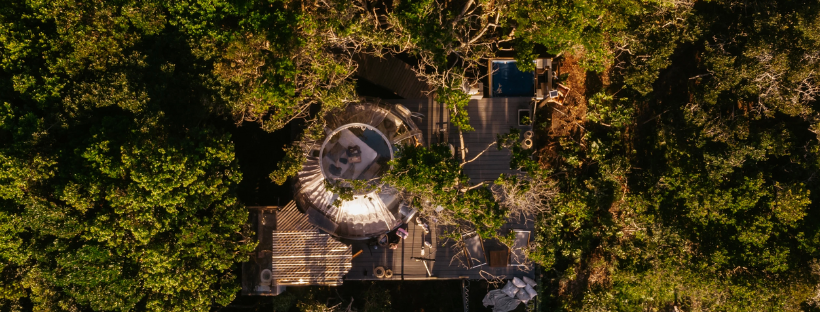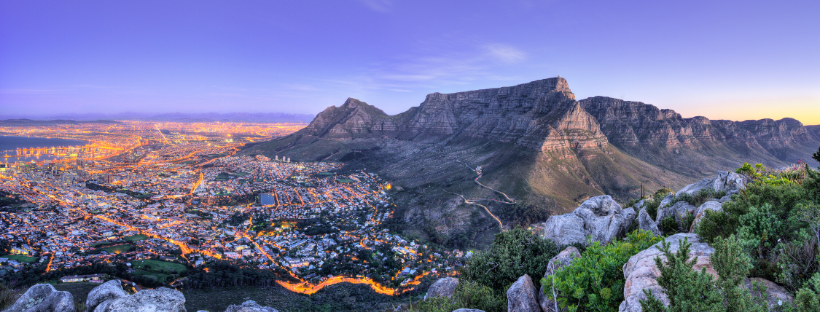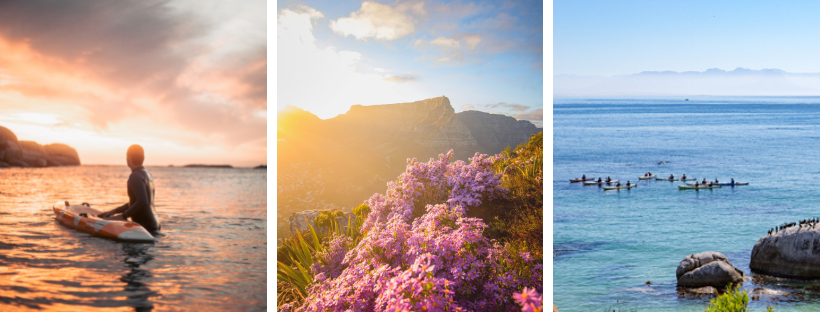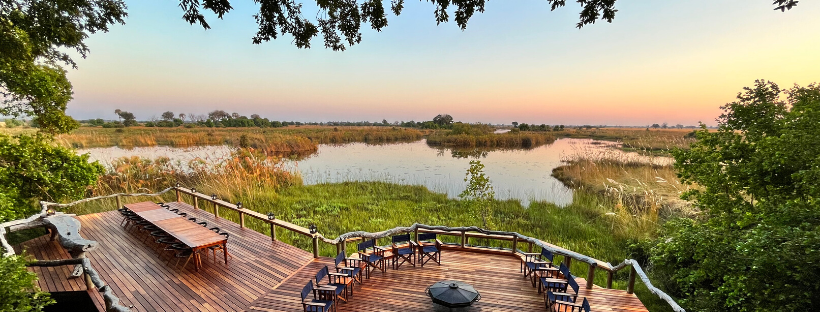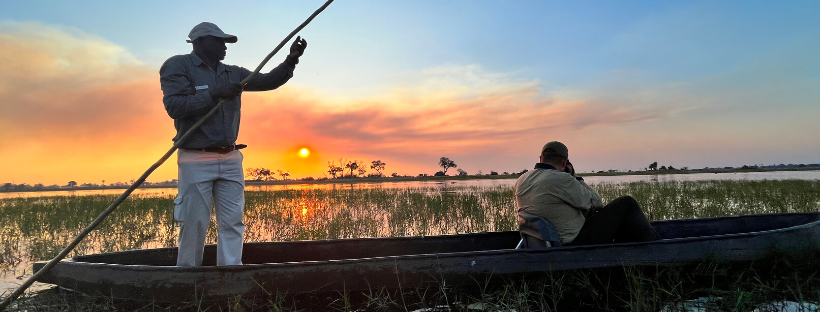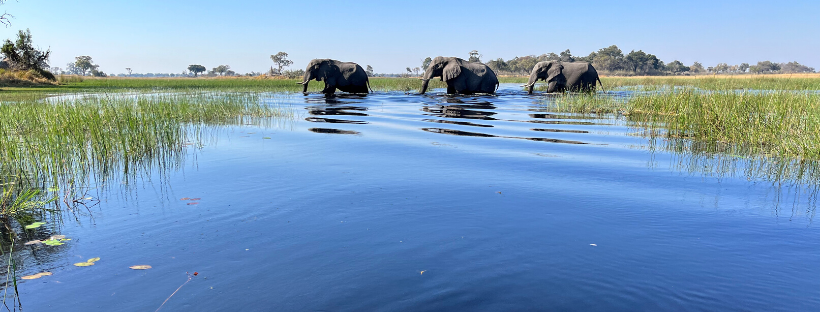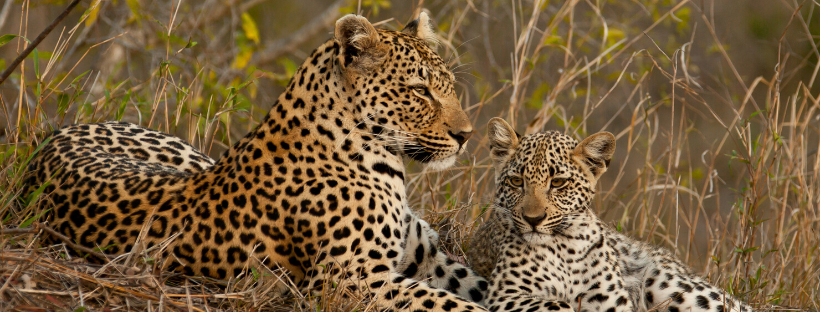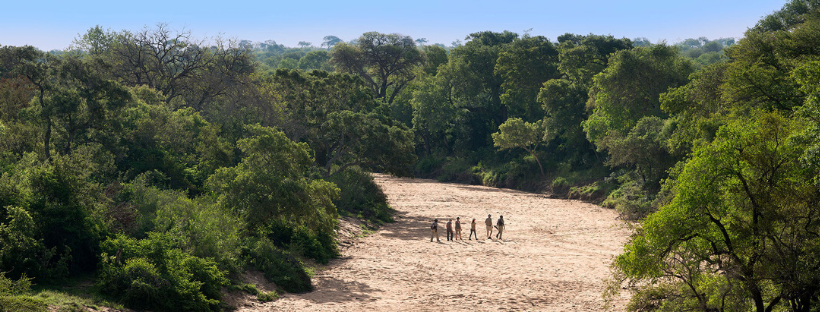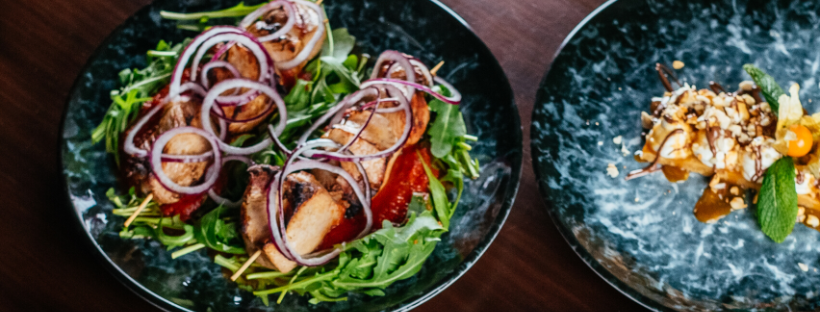Best African travel destinations for 2023
The ideal time to plan your next vacation is as soon as you return from your last one. While getting back to work and setting goals for the year is good and necessary, work life can bring with it a certain amount of stress which can be offset by the anticipation of something good. According to a study conducted in 2015, “anticipating a positive event is uniquely able to induce positive emotions.”
We’ve rounded up 12 sublime locations to holiday in Africa – so that you can start planning.
January and February
1. Cape Town, South Africa
Voted both the best city in Africa and the best in the world, by readers of Travel + Leisure and The Telegraph respectively, we agree that Cape Town is certainly gorgeous. The city has an especially vibrant energy in summer, with its restaurants and brilliant white beaches buzzing with both locals and visitors.
2. The Garden Route, South Africa
The Garden Route stretches from Mossel Bay along South Africa’s southern coast as far as the dramatically beautiful Storms River in the Tsitsikamma section of the Garden Route National Park. The area’s forests, rivers and beaches can be explored by vehicle, on foot, by boat, by zipline or on a mountain bike. It’s an ideal destination for family travel and is home to landmark sites like the Map of Africa, the Knysna Heads, Featherbed and Robberg Nature Reserve as well as the Cango Caves.
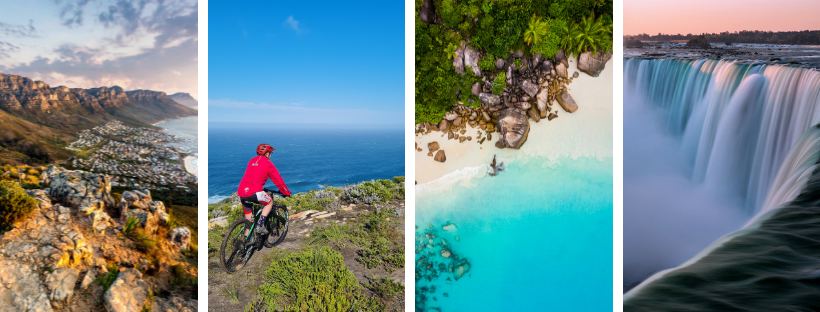
March and April:
3. Seychelles
One of the best times of year to visit Seychelles’ pristine palm-fringed beaches, framed by granite boulders, is between March and April when the trade winds don’t blow. The water is warm and clear and your days can be filled by doing as little or as much as you choose. Sailing, snorkelling, scuba diving, trips on glass bottom boats or massages by the poolside are all possibilities.
4. Victoria Falls, Zimbabwe
While it can be enjoyable to visit Victoria Falls in November and December when the flow of the Victoria Falls is at its lowest and you can visit Devil’s Pool, if you want to experience the falls at their peak, April is one of the best months to do so. The rainy season will just have ended and while the weather is still pleasantly warm (and even hot) it will have cooled somewhat after the summer. As April is not considered high season you can secure better deals with off-peak rates too.
May and June:
5. Bangweulu swamps, Zambia
Birders will enjoy a visit to Zambia in May during the dry season to search for the prehistoric-looking shoebills. These birds favour marshes and wetlands and are typically found in the Bangweulu swamps on the country’s northern plateau. You can also spot them in Kasanka National Park, to the southwest of the wetlands.
6. Gorilla Trekking, Rwanda
A gorilla trek in Rwanda is a bucket-list item no matter what time of year you go. However, the dry season between June and September makes hiking through the jungle to find these gentle apes a bit easier.

July and August:
7. Serengeti, Tanzania
The great migration of wildebeest is a spectacle that fascinates visitors each season. After crossing the Grumeti River the herds of wildebeest continue north and begin crossing the Mara River in July and August. It’s not only the wildebeest that are attracted to this river crossing but also wildlife enthusiasts and photographers who marvel at the spectacle.
8. Kruger National Park, South Africa
While Kruger is a year-round destination, the vegetation is not as lush during the dry winter season, providing better game-viewing opportunities. Besides being an excellent place to see the Big Five on safari, the Greater Kruger also offers an array of luxury lodges with modern facilities, excellent service and outstanding cuisine.
September and October:
9. Sossusvlei, Namibia
Climb Dune 45 or take photos of these iconic crescent-shaped red dunes before visiting the nearby Deadvlei with its cracked clay pan and petrified trees, then visit the nearby Sesriem Canyon. An early morning balloon trip that gives you a birds-eye perspective over the Namib Desert, followed by a champagne breakfast, will be a memorable addition to any holiday here.
10. Vilanculos and Bazaruto, Mozambique
While the tropical destinations of Vilanculos and the Bazaruto Archipelago can be enjoyed all year round, the dry season from June to November is best, with September and October being ideal. Scuba divers will also find visibility is also better during the dry season.
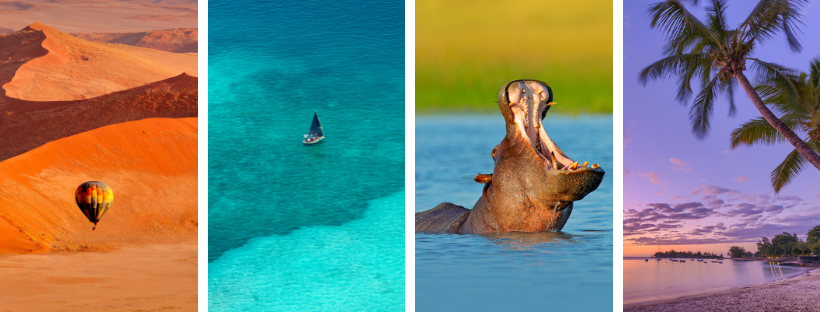
November and December
11. Chobe, Botswana
The winter safari season is busier than others in Botswana, however, November allows visitors to Chobe to witness not only its voluminous elephant population (and the rest of the Big Five) but also the annual zebra migration. In November herds of zebra congregate to form a mass of about 20,000 animals. After spending the dry months in the vicinity of the Chobe River floodplain, they begin migrating southwards to the Nxai Pan area at the end of November and in early December.
12. Grand Gaube, Mauritius
The island nation of Mauritius is a short flight away from South Africa and offers a perfect tropical escape. Explore the sandy, palm-lined beaches of Grand Gaube where you can snorkel in warm, azure water or take a day trip to Coin de Mire – a small island off the coast. The warm, clear waters around this nature reserve provide the ideal location for snorkelling and scuba diving. You may spot sting rays, triggerfish, parrot fish and leaf fish, among others.
If you’d like help in planning a seamless holiday in any of these destinations or the others that we cover, drop us a line and we’ll be happy to help.
Here’s to a new year full of travel adventures.
The Leopard Team
Sign up for more newsletters like this here: https://mailchi.mp/2e4afa50d15f/leopard

